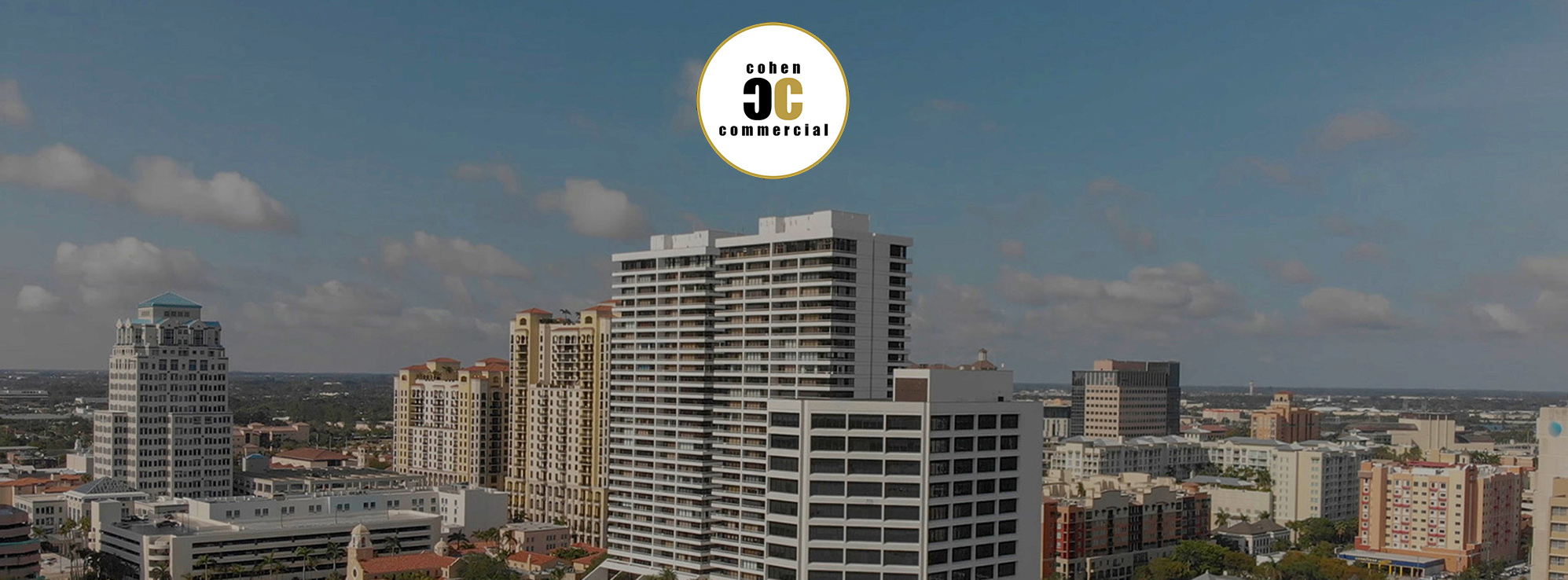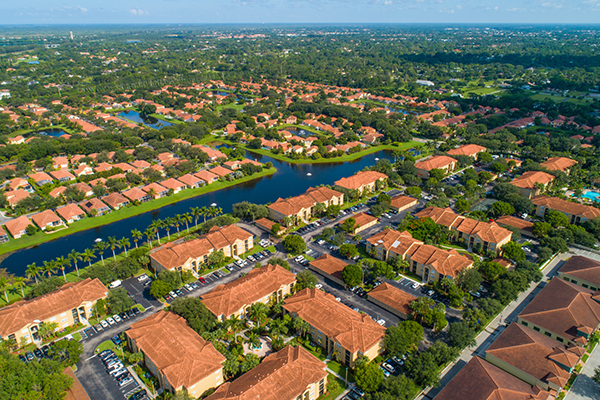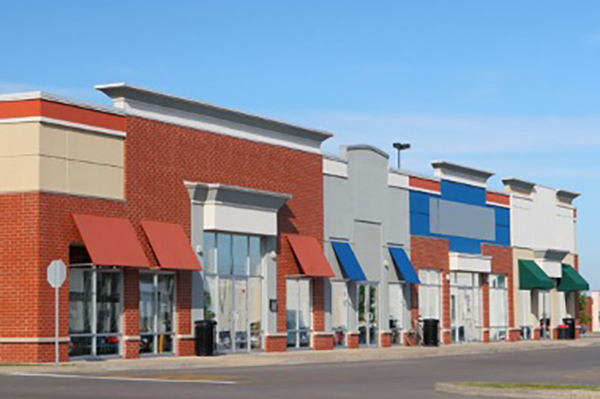Palm Beach County’s housing market is showing renewed strength. After a softer summer, sales are climbing again and prices are ticking upward, even as inventory stays tight. While these figures are usually treated as “residential” news, they carry important lessons for anyone involved in commercial real estate (CRE).
Why the Residential Market Matters for CRE
- Population Growth Fuels Services. Every household that moves in adds demand for grocery stores, healthcare providers, restaurants, fitness studios, and neighborhood services. This often sparks opportunities for retail centers and mixed-use projects.
- Affordability Shapes Geography. As home prices rise in core and coastal areas, many workers and families migrate to more affordable suburbs. These shifts open new corridors for offices, logistics, and retail development.
- Wealth Effects Drive Spending. When property values increase, homeowners feel wealthier and more confident. That typically boosts retail sales, hospitality bookings, and entertainment activity — strengthening commercial tenant performance.
- Zoning & Mixed-Use Opportunities. Local governments under pressure to deliver housing are increasingly revising zoning rules. Higher density approvals and mixed-use allowances mean more opportunities to blend residential with retail, office, and hospitality.
- Early Signals for Investors. Housing market rebounds often serve as leading indicators. Where homes sell quickly, businesses and services are likely to follow — making it a roadmap for smart commercial investment.
What This Means for Palm Beach County
In Palm Beach, residential strength and migration patterns are reshaping demand for commercial spaces. Suburbs with new housing are drawing essential services and neighborhood retail. Coastal areas with surging home values are supporting more luxury and experiential retail. And mixed-use projects are increasingly viable as municipalities balance housing demand with commercial growth.
Takeaway for CRE Stakeholders
The connection between housing and commercial real estate is easy to overlook, but it’s one of the clearest predictors of future opportunity. By keeping a close eye on residential market reports, investors and developers can anticipate where growth is heading and position themselves early.
At Cohen Commercial, we believe that tracking these trends is critical to helping clients stay ahead of the curve — whether it’s identifying emerging corridors, planning mixed-use strategies, or securing prime retail and office locations.
References:
https://finance.yahoo.com/news/palm-beach-county-condominium-sales-155453239.html














